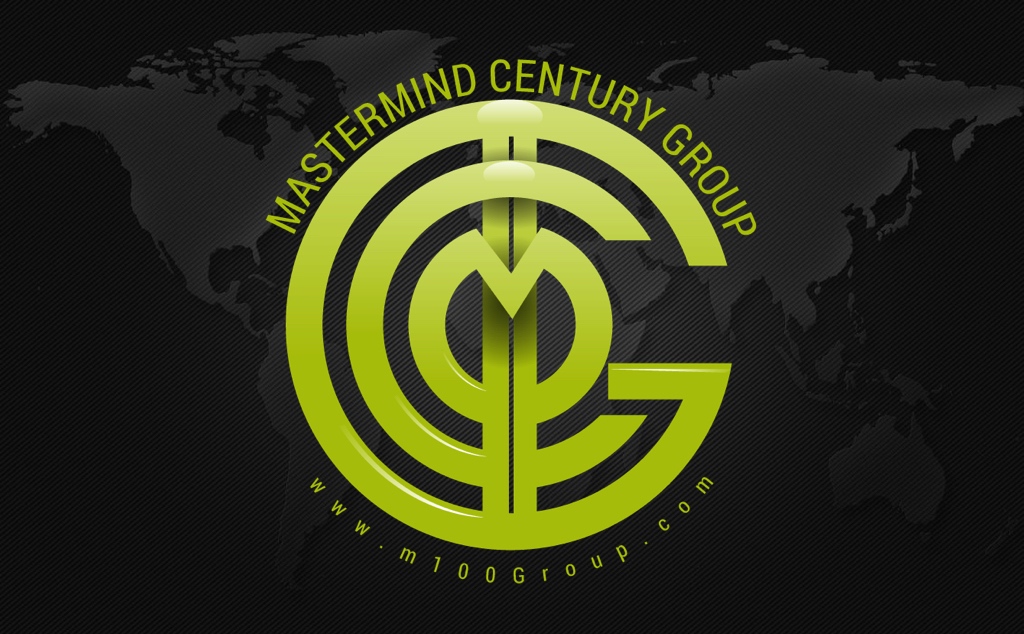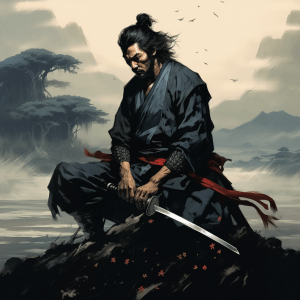I have always been captivated by the enigmatic figure of Miyamoto Musashi, a legend who looms large in the annals of history. His life, marked by the intriguing duality of being a ronin – a lone wanderer without a master – and yet achieving unparalleled success, has always resonated with me. The notion of Musashi, navigating his path with a blend of autonomy and mastery, strikes a deep chord. This fascination was further cemented when I received “The Book of Five Rings” as a departure gift from a member of the squadron I had the honor of commanding. This book, a testament to Musashi’s profound insights into strategy, combat, and life, has held a special place in my heart and mind. Its pages, steeped in the wisdom of a bygone era, continue to offer timeless lessons, especially relevant in the realms of leadership, innovation, and strategy. The principles Musashi espoused, though rooted in the martial arts, transcend the confines of their origin, providing guiding lights for modern challenges and endeavors.
Who was Miyamoto Musashi?
Miyamoto Musashi (c. 1584 – June 13, 1645) was a legendary Japanese swordsman, philosopher, strategist, and writer, renowned for his unique double-bladed swordsmanship and undefeated record in his 61 duels. Born in Harima Province, Japan, Musashi embarked on a warrior’s life from a young age, fighting his first duel at the age of 13.
His life was marked by numerous notable events:
- Dueling Prowess: Musashi gained fame for his duels, the most famous being against Sasaki Kojiro in 1612. His unique style, Niten Ichi-ryū, or “two heavens as one,” involved using both the katana (long sword) and wakizashi (short sword) simultaneously.
- Rōnin Lifestyle: Musashi was a rōnin, a samurai without a lord or master. This status led him to a life of constant travel and development of his martial arts and strategic thinking.
- Artistic Pursuits: Aside from his martial prowess, Musashi was also skilled in other arts, like painting and calligraphy, embodying the concept of a well-rounded warrior.
- Writing and Philosophy: His most famous work, “The Book of Five Rings” (Go Rin No Sho), reflects his philosophy and strategy. Written towards the end of his life, it provides insights into not only martial strategy but also tactics applicable to life and leadership.
- Legacy: Musashi’s life and writings have had a lasting impact, not only in Japan but around the world. He remains a symbol of martial arts excellence and the embodiment of the way of the warrior (Bushidō).
Musashi’s life story is a blend of historical facts and legends, contributing to his status as a semi-mythical figure in Japanese culture. His legacy extends beyond martial arts, influencing various fields and continuing to inspire people in areas like leadership, strategy, and personal development.
What are the 5 Rings
Miyamoto Musashi’s “The Book of Five Rings” (Go Rin No Sho) is a short text on martial arts strategy, philosophy, and tactics, written in the 17th century. It’s divided into five books, each symbolizing an element and aspect of battle:
- Ground Book: Focuses on the fundamentals of martial arts, including strategy and the warrior’s way.
- Water Book: Discusses flexibility and adaptability in tactics, much like the flowing nature of water.
- Fire Book: Covers the dynamics of conflict, emphasizing timing, rhythm, and direct confrontation.
- Wind Book: Analyzes the strategies of other schools and the importance of understanding different approaches.
- Void Book: Reflects on the importance of intuition, instinct, and understanding the essence of true strategy beyond physical techniques.
Overall, the book provides deep insights into the mindset and strategies needed for success in combat, which have been applied metaphorically in various fields including business and leadership.
Leadership, Innovation, Strategy
Miyamoto Musashi work has transcended its immediate context to become a touchstone in discussions of strategy, leadership, and innovation. Here’s an exploration of its applicability in these areas:
Leadership
- Understanding the Terrain (Ground Book): Musashi emphasizes understanding the terrain, which in a modern leadership context translates to understanding the organizational environment, technology/market trends, and internal dynamics. Leaders must be aware of their ‘terrain’ to navigate challenges effectively.
- Adapting to Change (Water Book): The Water Book’s focus on adaptability and flexibility is crucial for leaders. In an era of rapid change, leaders must be like water, adapting to their surroundings while maintaining their core principles.
- Decisiveness and Precision (Fire Book): Musashi’s Fire Book discusses the heat of battle, paralleling the high-pressure decisions leaders must make. It advocates for decisiveness, clarity of thought, and precision in execution, essential qualities for effective leadership.

Innovation
- Embracing a Beginner’s Mind (Earth Book): The Earth Book’s emphasis on fundamentals and a beginner’s mind aligns with the need for constant learning and openness to new ideas in innovation. Innovators, like Musashi’s ideal warrior, must continually hone their basics while staying open to new techniques and perspectives.
- Cross-Disciplinary Learning (Wind Book): Musashi advises understanding and learning from various schools of martial arts. Similarly, innovation thrives on cross-disciplinary knowledge and the integration of diverse ideas and approaches.
- Creativity and Intuition (Void Book): The Void Book, focusing on the unseen and the intangible, is akin to the role of creativity and intuition in innovation. It’s about what lies beyond technique, the space where innovative ideas often germinate.

Strategy
- Timing and Rhythm (Fire Book): Strategic timing is a key lesson from the Fire Book. Musashi’s insights into the rhythm of combat can be applied to the timing of strategic moves in business or in combat, emphasizing the importance of not just action, but action at the right moment.
- Holistic Understanding (Water Book): Strategy, like Musashi’s concept of water, must flow and adapt to the contours of the situation. A holistic understanding of the environment, competition, and internal capabilities is vital for sound strategic planning.
- Embracing Uncertainty (Void Book): The concept of the Void, representing the unknown, highlights the importance of embracing uncertainty in strategy. It encourages leaders to be comfortable with ambiguity and to use it as a strategic advantage.

In The End
Miyamoto Musashi’s “The Book of Five Rings” offers timeless wisdom that can be applied to leadership, innovation, and strategy. Its teachings on adaptability, understanding, decisiveness, and the embrace of both fundamentals and the unknown remain relevant, providing valuable insights for contemporary challenges in these fields.




